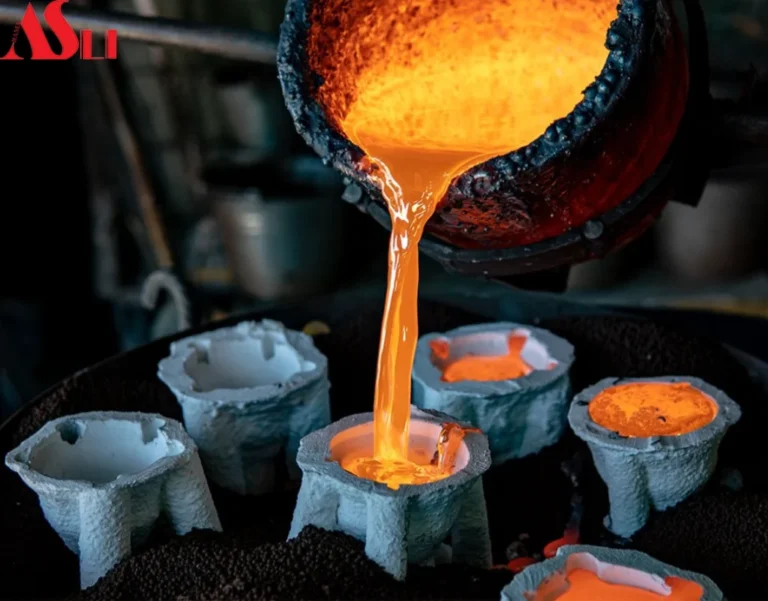Investment casting Services

investment casting (or candle casting) is a method of producing metal parts with high precision and smooth surfaces, which is usually used to produce complex parts or parts with special geometries. In the production of fire pump impellers, this method has many advantages.
Fire pump impellers, whose main function is to create a high-pressure water flow for fire extinguishing, usually have to be made of resistant and high-strength materials. These parts have to work in harsh conditions and at high pressure and are very sensitive in terms of performance.
Investment Casting or Lost Wax Casting is one of the best methods for manufacturing fire pump impellers. The impeller is a vital part in the pump that is responsible for transferring energy to the fluid. These parts are usually made of corrosion and wear-resistant alloys, such as stainless steel or bronze.
Steps for investment casting of fire pump impellers
Design and manufacture of wax model
First, a precise model of the impeller is made using wax. This model can be created through injection molding or 3D printing. All details, including blades, fluid passage holes and the connection to the shaft, are carefully designed.
Assembling wax models on a tree (Tree Assembly)
Wax models attach the impeller to a feed system (like a tree of wax). This allows multiple parts to be produced in one casting process.
Shell Building
The wax models are dipped several times in a ceramic slurry and then sprinkled with fine sand. This is repeated several times to form a strong, refractory ceramic shell around the wax. The assembly is then preheated in a furnace to melt and drain the wax inside. At this point, a hollow ceramic mold remains.
Mold Preheating and Molten Metal Casting
The ceramic mold is preheated to a high temperature to prevent cracking, and then molten metal (such as stainless steel or bronze) is poured into it. Due to the working conditions of fire pumps, stainless steels such as SS316 or Duplex Stainless Steel are usually used, which have high corrosion resistance.
Ceramic shell breakage and impeller removal
After solidification, the ceramic shell is broken by mechanical (impact or thermal shock) or chemical (alkaline solutions) methods and the impeller is removed from the mold. Then the feeding system and the channels are separated from the part.
Heat treatment and final finishing
The cast impellers are subjected to heat treatment to optimize their microscopic structure. Then their surface is polished and machined to meet the precise tolerances required by fire pumps.
Benefits of investment casting for fire pump impellers
- High dimensional accuracy – Impellers have tight tolerances that reduce the need for additional
- machining.Smooth surface without the need for excessive polishing – This improves hydraulic performance and reduces energy loss in the pump.
- Ability to produce complex parts – Impellers have complex geometries, and investment casting allows them to be produced with high detail.
- Use of corrosion-resistant alloys – Fire pump impellers must be resistant to salt water, chemicals, and heat.
Summary of investment casting
As one of the most precise and advanced manufacturing methods, investment casting allows the manufacture of fire pump impellers with high detail, excellent dimensional accuracy and smooth surface. In this process, using wax models and refractory ceramic molds, parts are produced from resistant alloys such as stainless steel or bronze that are able to withstand harsh working conditions, corrosion and high temperatures.
Key advantages of this method include reduced machining requirements, improved hydraulic performance of the impeller, and the ability to produce complex shapes. As a result, investment casting is recognized as an optimal option for producing high-performance, long-life impellers in critical and critical systems such as fire pumps.
